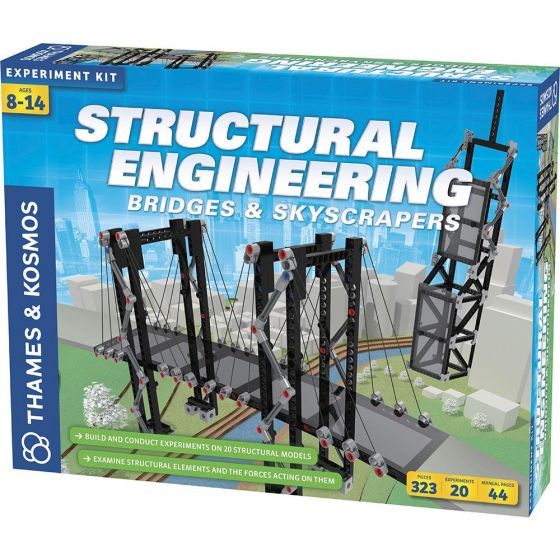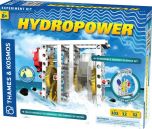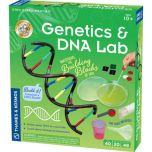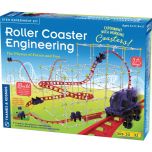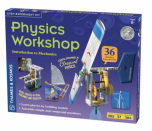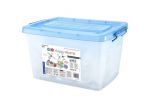- Home
- Thames & Kosmos Structural Engineering: Bridges And Skyscrapers
Thames & Kosmos Structural Engineering: Bridges And Skyscrapers
Do kids ever wonder how a bridge spans a massive distance, or how skyscrapers can stay standing? Structural engineers use physics and their knowledge of the properties of building materials and geometric shapes to design structures with sufficient strength and stability.
Using this kit, children can learn structural engineering basics with 20 model-building experiments that each demonstrate core principles of mechanical physics or structural engineering in a hands-on way.
Get to Know:
Start out with smaller models that demonstrate how structural elements can attach together to maximize the strength of a structure using a fixed amount of material. Children will learn lots about basic structural elements, including columns, beams, trusses, plates, arches, shells, and catenary and explore all the forces that act on structural components, including tension, compression, shear, and bending.
Then, move on to building more complex models of trusses, roofs, and small buildings. Kids can experiment with different types of bridge constructions: a truss bridge, arch bridge, cantilever bridge, rope bridge, and that suspension bridge. Finally, they can try building models of towering skyscrapers.
Students will learn about the strength and stiffness of materials and see how structural engineers optimize factors to maximize safety, minimize costs, and reduce the risk of structural failure.
What's in the Box:
- 1 Structural Engineering Kit with 323 pieces
- 1 36-page, full color manual with step-by-step instructions
The manual is included for guiding children through the model building with step-by-step, illustrated instructions to really simplify their problem sovling.
| Manufacturer | Thames & Kosmos |
|---|



